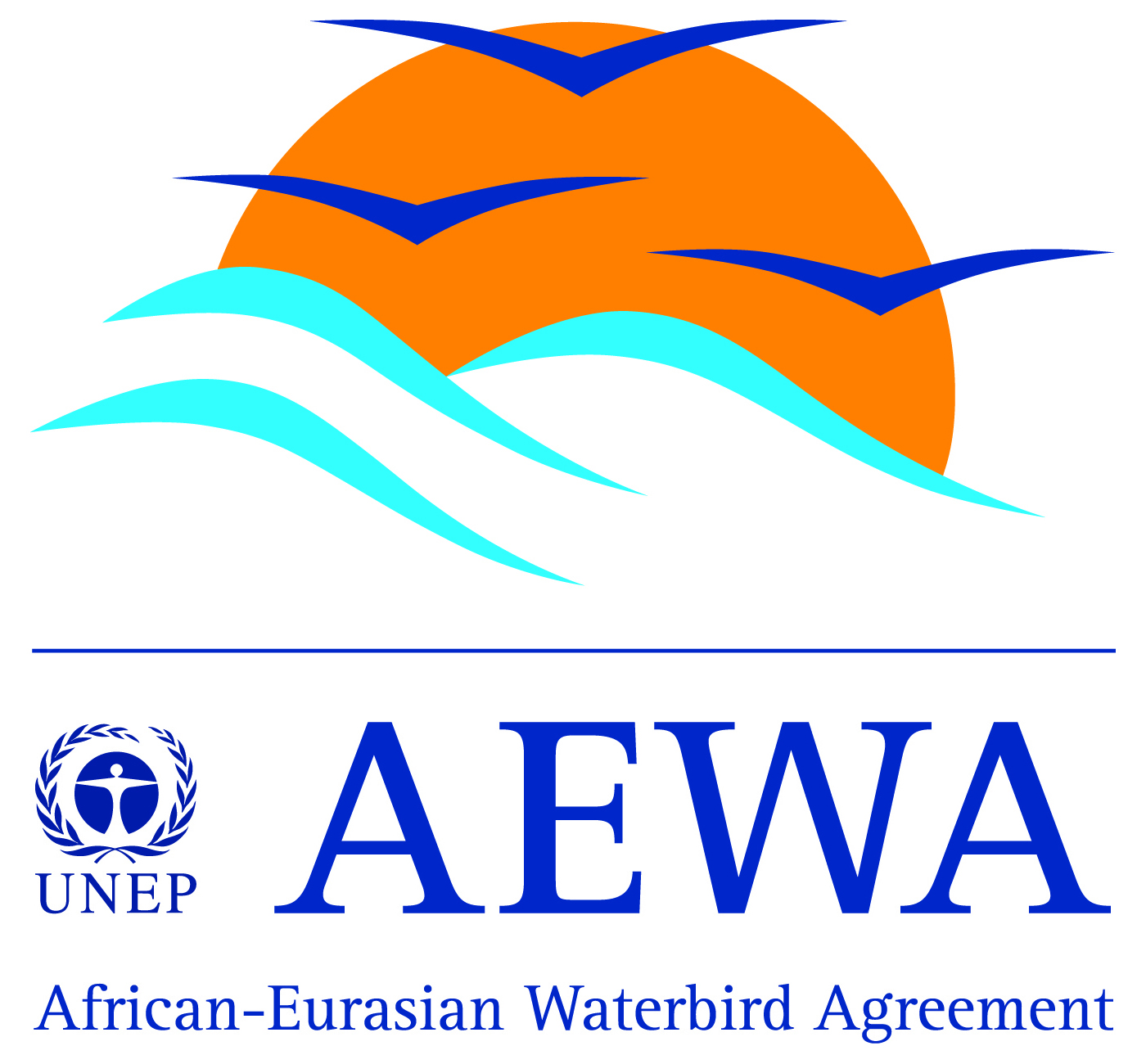Spillover effects of a Mediterranean marine protected area on the European spiny lobster Palinurus elephas (Fabricius, 1787)
-
Published source details
Follesa M.C., Cannas R., Cau A., Cuccu D., Gastoni A., Ortu A., Pedoni C. & Porcu C. (2011) Spillover effects of a Mediterranean marine protected area on the European spiny lobster Palinurus elephas (Fabricius, 1787). Aquatic Conservation: Marine and Freshwater Ecosystems, 21, 564-572.
Published source details Follesa M.C., Cannas R., Cau A., Cuccu D., Gastoni A., Ortu A., Pedoni C. & Porcu C. (2011) Spillover effects of a Mediterranean marine protected area on the European spiny lobster Palinurus elephas (Fabricius, 1787). Aquatic Conservation: Marine and Freshwater Ecosystems, 21, 564-572.
Actions
This study is summarised as evidence for the following.
| Action | Category | |
|---|---|---|
|
Designate a Marine Protected Area and prohibit all types of fishing Action Link |
|
-
Designate a Marine Protected Area and prohibit all types of fishing
A before-and-after, site comparison study in 1997–2009 in areas of soft seabed in the western Mediterranean Sea, off the coast of Sardinia, Italy (Follesa et al. 2011) found that, over the 10 years after designating a marine protected area prohibiting all fishing (no-take), abundance and biomass of European spiny lobster Palinurus elephas increased inside the no-take area, and after 10 years was greater than in an adjacent fished area. Within the no-take area lobster abundance increased over time (1998: 0.4 lobsters/net; 2009: 1.5 lobsters/net) and so did biomass (1997: 0.09 kg/net; 2009: 0.56 kg/net). In 2008–2009 (after 10 years) lobster abundance within the no-take area was 4.7 times greater than in the fished area (data not shown). The Su Pallosu no-take area was closed to fishing in 1998. Annually from 1997 to 2009, trammel nets (50 m long) were towed inside the no-take zone (91 nets in total; 2–14 nets/year). Similar nets were towed in an adjacent fished area in 2008 and 2009 (256 nets; within 25 km2 of the no-take zone). Lobsters in each net were counted and weighed, and total abundance and biomass for each area estimated.
(Summarised by: Anaëlle Lemasson & Laura Pettit)
Output references
|
|





)_2023.JPG)














